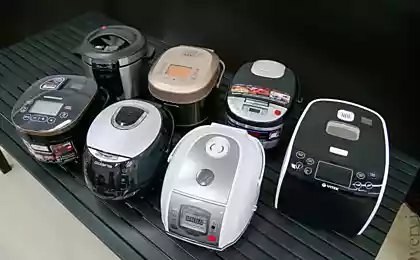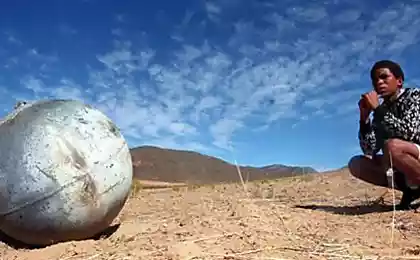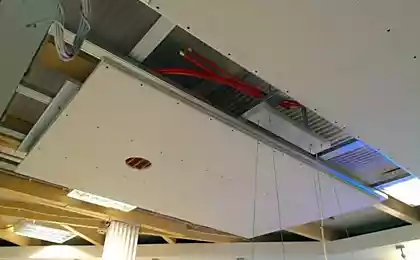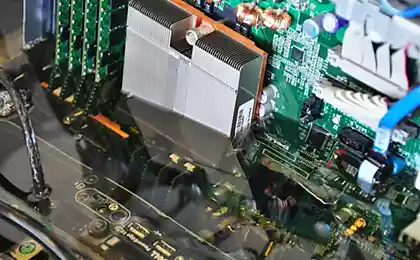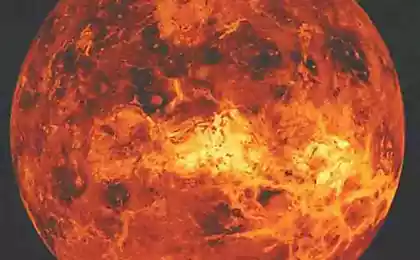452
Experiments on the cooling of the atmosphere
In the U.S. state of new Mexico will be conducted the experiment on the cooling of the atmosphere of sulphate aerosols. Such aerosols emitted by volcanoes during eruption. They reflect solar radiation and contribute to cooling of the Earth's atmosphere.
During this experiment will be simulated volcanoes release sulphates into the stratosphere. Two engineer David Keith and James Anderson going with the help of a balloon spraying sulphate aerosols in new Mexico over Fort Sumner with a height of 24,000 meters. The aim of the experiment to simulate and explore the impact of volcanoes on the atmosphere, and create technology to reduce the temperature of the lower atmosphere. Similar work was previously conducted mainly in theory, is, for example, the search of molecules of the cooling atmosphere. This and other similar projects on climate change on a global scale call geoengineering projects.
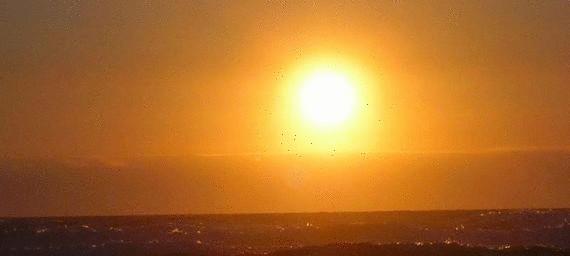
David Keith claims that he developed geoengineering technology can be an inexpensive way to slow global warming. But a number of scholars believe that the consequences of the application of this method can be unpredictable. They argue that such impact the Earth's climate could have a catastrophic change that will reduce food production. But some environmental groups fear that the promotion of such geoengineering projects on climate change undermines the efforts of environmentalists to reduce CO2 emissions.
David Keith manages a multimillion dollar Fund created by Microsoft founder bill gates. This Fund finances geoingenierie research. Earlier similar studies were conducted by the American space Agency.
Experiment spraying aerosols will be held during the year. Such experiments are impossible to conduct in the laboratory, because it is impossible to artificially create a model of the stratosphere due to its complexity. In the course of the experiment in the lower atmosphere will be dispersed dozens, maybe hundreds of kilograms of sulphate. Will be investigated for their chemical effect on the ozone layer of the atmosphere. Upon receipt of the data, the researchers will improve themselves and sulphate aerosols, changing the size of the particles of which they consist.
"The purpose of the experiment is not in climate change, and in the study of ongoing processes at the micro level. says David Keith, the Risk is very small."
And although the experiment may not harm the climate, environmental groups say that there is a real risk when introducing geoengineering projects. They have been identified in the course of the simulation and explore the effects of sulphuric dust emitted by volcanoes. As the Executive Director of the canadian environmental organization ETC Group Pat Mooney, the consequences of use of such geoengineering technologies can trigger an acceleration of the destruction of the ozone layer and lead to a decrease in precipitation in tropical and subtropical regions. This could cause reduce the yields and lead to food crisis, and even international conflicts. Under the threat of famine can be millions of people.

Climate models in which a reduced amount of solar radiation, showing a decrease of precipitation in North America and Northern Eurasia by 15%, and in the regions of Central and South America by 20%. This cannot but affect crop yields.
Attempts to introduce geoengineeringwatch technology with spraying of aerosols were made earlier. So Britain tried to break in technology with spray-water spray at an altitude of about 1 km. But after public protests, environmental organizations and conflicts between scientists, the project was closed. The main argument in favor of the collapse of the project was that such studies will serve as the impetus for their large-scale implementation.
David Keith speaks against the introduction of such technologies without large-scale studies of the possible consequences. In his opinion, even if there is a possibility that large-scale geoengineering projects could cause some harm to the environment, is not a reason to stop research in this direction and conduct of microexperiments.
Source: /users/104
During this experiment will be simulated volcanoes release sulphates into the stratosphere. Two engineer David Keith and James Anderson going with the help of a balloon spraying sulphate aerosols in new Mexico over Fort Sumner with a height of 24,000 meters. The aim of the experiment to simulate and explore the impact of volcanoes on the atmosphere, and create technology to reduce the temperature of the lower atmosphere. Similar work was previously conducted mainly in theory, is, for example, the search of molecules of the cooling atmosphere. This and other similar projects on climate change on a global scale call geoengineering projects.

David Keith claims that he developed geoengineering technology can be an inexpensive way to slow global warming. But a number of scholars believe that the consequences of the application of this method can be unpredictable. They argue that such impact the Earth's climate could have a catastrophic change that will reduce food production. But some environmental groups fear that the promotion of such geoengineering projects on climate change undermines the efforts of environmentalists to reduce CO2 emissions.
David Keith manages a multimillion dollar Fund created by Microsoft founder bill gates. This Fund finances geoingenierie research. Earlier similar studies were conducted by the American space Agency.
Experiment spraying aerosols will be held during the year. Such experiments are impossible to conduct in the laboratory, because it is impossible to artificially create a model of the stratosphere due to its complexity. In the course of the experiment in the lower atmosphere will be dispersed dozens, maybe hundreds of kilograms of sulphate. Will be investigated for their chemical effect on the ozone layer of the atmosphere. Upon receipt of the data, the researchers will improve themselves and sulphate aerosols, changing the size of the particles of which they consist.
"The purpose of the experiment is not in climate change, and in the study of ongoing processes at the micro level. says David Keith, the Risk is very small."
And although the experiment may not harm the climate, environmental groups say that there is a real risk when introducing geoengineering projects. They have been identified in the course of the simulation and explore the effects of sulphuric dust emitted by volcanoes. As the Executive Director of the canadian environmental organization ETC Group Pat Mooney, the consequences of use of such geoengineering technologies can trigger an acceleration of the destruction of the ozone layer and lead to a decrease in precipitation in tropical and subtropical regions. This could cause reduce the yields and lead to food crisis, and even international conflicts. Under the threat of famine can be millions of people.

Climate models in which a reduced amount of solar radiation, showing a decrease of precipitation in North America and Northern Eurasia by 15%, and in the regions of Central and South America by 20%. This cannot but affect crop yields.
Attempts to introduce geoengineeringwatch technology with spraying of aerosols were made earlier. So Britain tried to break in technology with spray-water spray at an altitude of about 1 km. But after public protests, environmental organizations and conflicts between scientists, the project was closed. The main argument in favor of the collapse of the project was that such studies will serve as the impetus for their large-scale implementation.
David Keith speaks against the introduction of such technologies without large-scale studies of the possible consequences. In his opinion, even if there is a possibility that large-scale geoengineering projects could cause some harm to the environment, is not a reason to stop research in this direction and conduct of microexperiments.
Source: /users/104



